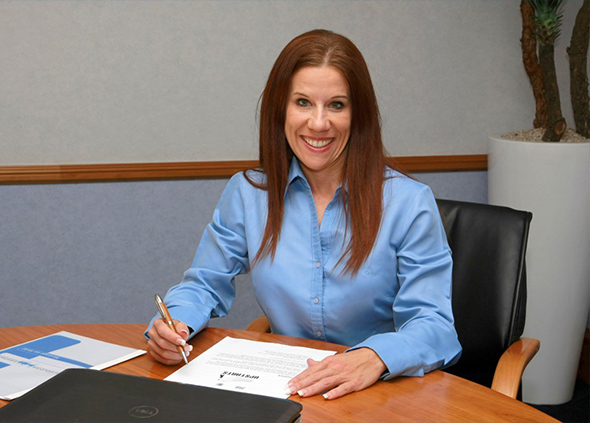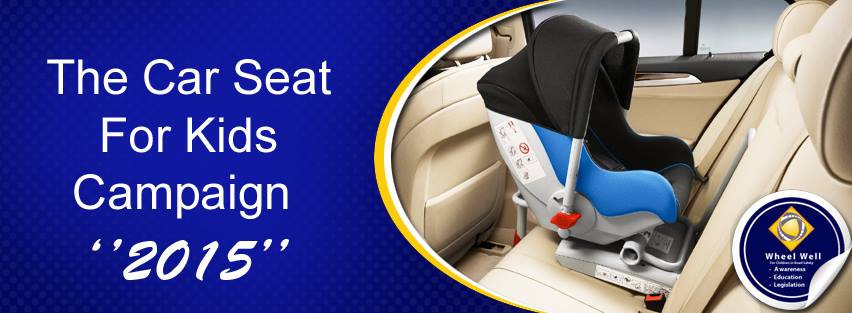From 30 April 2015, South African motorists will need to take a more serious approach to road safety, given the country has amongst the highest numbers of road deaths and trauma in the world, particularly amongst children.

Niki Cronje, Group Marketing at IMPERIAL I-Pledge
In the past, the use of car seats has not been compulsory for any age group of children. However, as of 30 April, car seats will now become compulsory for infants under the age of three when travelling in a car. Studies shows that car seats that are correctly installed and used for children aged 0–4 years can reduce the risk of death for infants by 70% and by 47–54% for children aged 1–4 years. However, to prevent serious injury or death; it is vital to use the appropriate car seats for kids– focusing specifically on the weight of the child – which is the most important aspect when selecting a car seat.
While wearing a seatbelt will ensure you are kept in place, seatbelts are only designed for an adult’s body. This is why a car seat – the right one for a child’s weight – is so important to snugly and comfortably hold a baby in place, in a vehicle. In fact, research1 by the Centre for Disease Control and Prevention (CDC) has found that a car seat reduces the risk of death among babies by 71% and for toddlers, by 54%. In South Africa, Hector Eliott, chief director of the Western Cape’s Safely Home campaign and Road Safety Co-Ordination, recently stated2 that at least 60% of small child passengers dying on our roads are not being properly buckled up.
This is a cause for concern; and parents need to start taking this seriously. Holding your child or letting them sit on your lap is not enough to protect them from the impact of a crash.
There are three categories of child restraint systems, each of these car seats have different benefits because each are for different weights – not age. For infants, a rear-facing child restraint is recommended up until he/she is at least 9kg. The next step is a toddler seat that your child should remain in until at they weigh at least 9 – 18 kg. Rear facing is first prize if your seat and space in your vehicles allows for it. The last stage of child restraint is a booster seat; best used when a child has outgrown a safety seat. They are designed for weights from 18 kg to 36 kg, and will give an added boost in height to your child to help him fit properly within a vehicle’s seat belt. He should remain in a booster seat until at least 1.48 meters tall.
If we consider that approximately 250 children die a year in South Africa because an adult did not strap their child in, there is no doubt that a strong need exists to increase education around not only strapping a child in, but also ensuring that their child is placed in the correct seat, while understanding the consequences of crash force on a child’s body.
IMPERIAL Road Safety encourages all parents to ensure that they purchase the right car seats for their child, as soon as possible, to ensure that they are compliant with the new legislation and that they contribute towards the safety of their children – most importantly.
Over the last few years, IMPERIAL, in conjunction with Wheel Well, has been collecting, safety checking and refurbishing car seats – which are then handed over to less fortunate families. If you would like to give the gift of safety to a child; IMPERIAL urges Joburgs residents to please kindly donate their used car seats to Wheel Well, Shop U108, Brightwater Commons, Randburg. IMPERIAL reminds Cape Town parents to get their used car seats ready, as the Car Seats for Kids Campaign heads to Cape Town for the first time later this year, with the help of K-FM – stay tuned.
Also published here





























